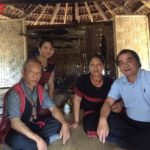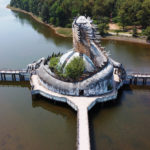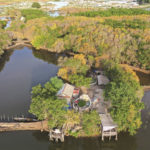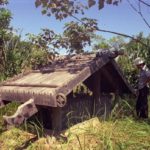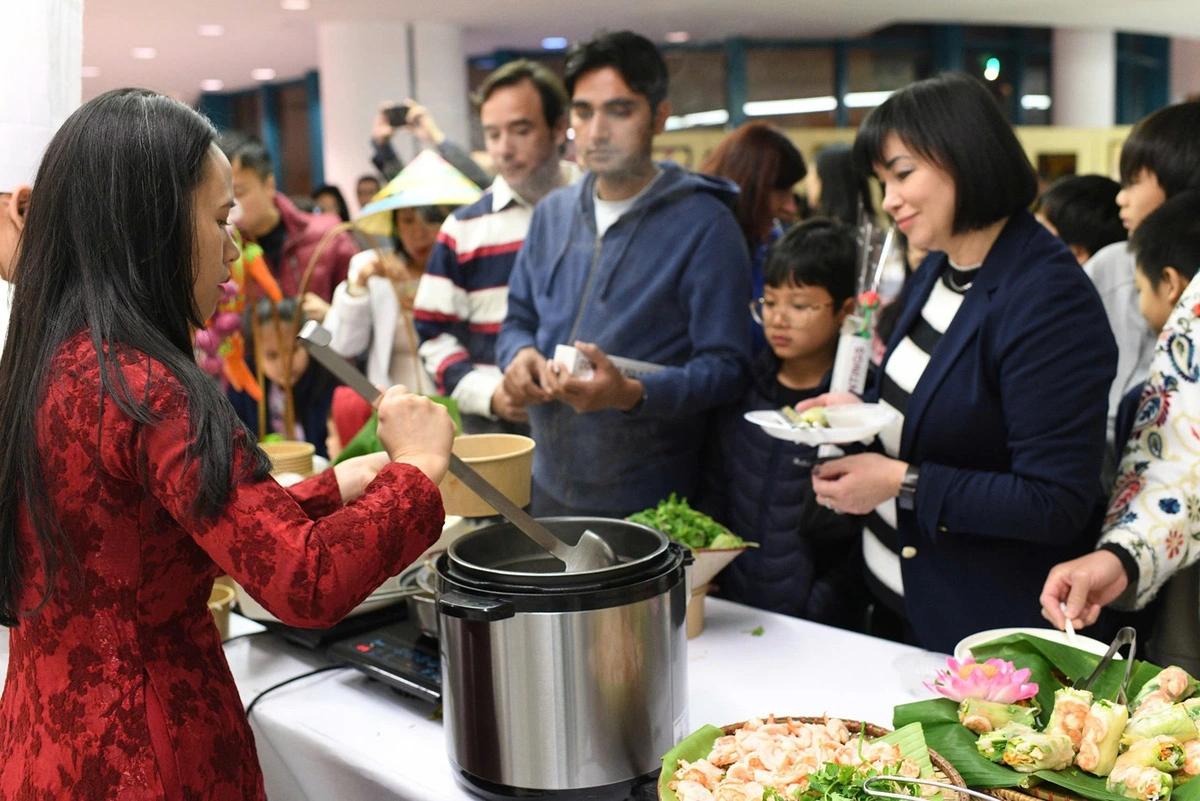A one-sided relief carved from purple-gray stone, dating back to the 11th-12th centuries, has been discovered by archaeologists in Thua Thien-Hue province, Vietnam. With dimensions of 20cm by 15cm by 10cm, this artifact is a unique find among the many relics unearthed during over two months of exploration and excavation.
The archaeological team, comprising experts from the Department of Culture and Sports of Thua Thien-Hue province and the National Museum of History, uncovered a plethora of artifacts, including reliefs, pots, jars, and coins. These artifacts showcase different architectural styles and decorations and are crafted from various materials such as stele fragments, stone, glazed ceramics, and porcelain.
The Lieu Coc Twin Tower site, located in Lieu Coc Thuong village, Huong Tra town, is of significant cultural and historical value. It offers a glimpse into the spiritual life and culture of the Champa people, dating back approximately 1,000 years. The site also stands as a testament to the religious, artistic, and architectural developments of the Vietnamese people, with a particular focus on the Cham community.
After extensive archaeological exploration and excavation, experts have confirmed that the Lieu Coc site encompasses two primary temple towers, located in the north and south, with no evidence of a third tower. Despite suffering significant degradation and damage over time, the temple twin tower complex is being compared to other renowned Champa relics, such as those found in the Bac My Son region of Quang Nam province and the Phu Dien Tower in Thua Thien-Hue’s Phu Vang district.
The recent archaeological research and excavation efforts are aimed at definitively determining the scale, structure, nature, and age of the Lieu Coc Twin Tower site. This information will be crucial for planning, preservation, and promotional strategies to enhance the site’s value and significance. The exploration phase involved four digs across a 20-square-meter area, and each excavation area consisted of approximately three holes, covering around 60 square meters.
Nguyen Ngoc Chat, from the National Museum of History and the lead archaeologist on the project, explained that the exploration process was expanded to connect the digs and form a larger site around the architectural foundation of the North Tower. According to Chat, the excavation efforts revealed not only the scale of the North Tower’s architectural foundation but also yielded a substantial volume of artifacts, including over 4,800 specimens. Among the notable discoveries was a relief of a Buddha statue’s head with a serene expression and half-closed eyes, as well as an ancient coin with a square hole dating back to the 13th century.
“This collection of artifacts is incredibly precious,” Chat emphasized. “Once the research, appraisal, and scientific documentation are completed, it will provide a wealth of important information and greatly enhance our understanding and appreciation of this site.”
Experts and researchers agree that despite the relatively small excavation area, the findings have been immensely valuable. Nguyen Xuan Hoa, a researcher and former director of the provincial Department of Culture and Sports, stressed the need to continue expanding the excavations on a larger scale while also implementing specific solutions to protect the relic site. Phan Thanh Hai, the current Director of the Department of Culture and Sports, affirmed his intention to propose to the provincial People’s Committee that the excavation efforts be extended further before the onset of the rainy season this year.
The Pa Ko ethnic group
The Pa Ko is an ethnic group scattered across the provinces of Quang Tri and Thua Thien-Hue in the Truong Son mountain range. The Pa Ko live in harmony with nature, which is reflected in their lifestyle, customs, and culture.

